

This guide provides a comprehensive overview of screw heads, covering their various types, applications, and key features. We'll explore the differences between common screw head designs, helping you choose the right one for your project. Learn about materials, sizes, and the best practices for using different screw head types.
The ubiquitous Phillips screw head features a cross-shaped recess. Its design allows for high torque transfer with a relatively small driver, making it suitable for a wide range of applications. However, the Phillips screw head is prone to cam-out (slipping out of the driver) if excessive force is applied. This can damage both the screw head and the workpiece.
One of the oldest screw head designs, the slotted screw head has a single, straight slot. Simple and inexpensive to manufacture, it's often used in applications where high torque isn't required. However, it's easily damaged and prone to cam-out, limiting its use in many applications.
Hex head screw heads feature a hexagonal recess, allowing for the use of a wrench for tightening. This provides exceptional torque control and prevents cam-out, making them ideal for high-strength applications. They are commonly found in heavy-duty construction and machinery.
Torx screw heads use a six-pointed star-shaped recess. The design provides superior torque transmission compared to Phillips or slotted screw heads and reduces the risk of cam-out. Torx screw heads are commonly found in electronics and automotive applications.
Similar to Phillips screw heads, Pozidriv screw heads have a cross-shaped recess but with additional small slots. This design provides greater resistance to cam-out than the Phillips screw head and improved torque transfer.
Selecting the appropriate screw head depends heavily on the application. Consider factors like the required strength, the material being fastened, the accessibility of the screw, and the available tools.
| Screw Head Type | Advantages | Disadvantages | Typical Applications |
|---|---|---|---|
| Phillips | Widely available, cost-effective | Prone to cam-out | General purpose applications |
| Hex | High torque, resistant to cam-out | Requires specialized tools | Heavy-duty applications |
| Torx | High torque, resistant to cam-out | Requires specialized tools | Electronics, automotive |
For more information on sourcing high-quality fasteners, consider exploring options from reputable suppliers. A reliable supplier can ensure you receive the correct screw heads for your specific needs. One example of a company providing a range of fasteners is Hebei Muyi Import&Export Trading Co.,Ltd.
Screw heads are manufactured from various materials, including steel, stainless steel, brass, and plastic. The choice of material depends on the application's environmental conditions and required strength. Screw heads come in a wide range of sizes, specified by their diameter and length. Always consult manufacturer specifications to ensure compatibility.
Understanding the different types of screw heads and their respective characteristics is crucial for any project involving fasteners. Choosing the right screw head ensures a secure and reliable connection, ultimately contributing to the overall success of your project.

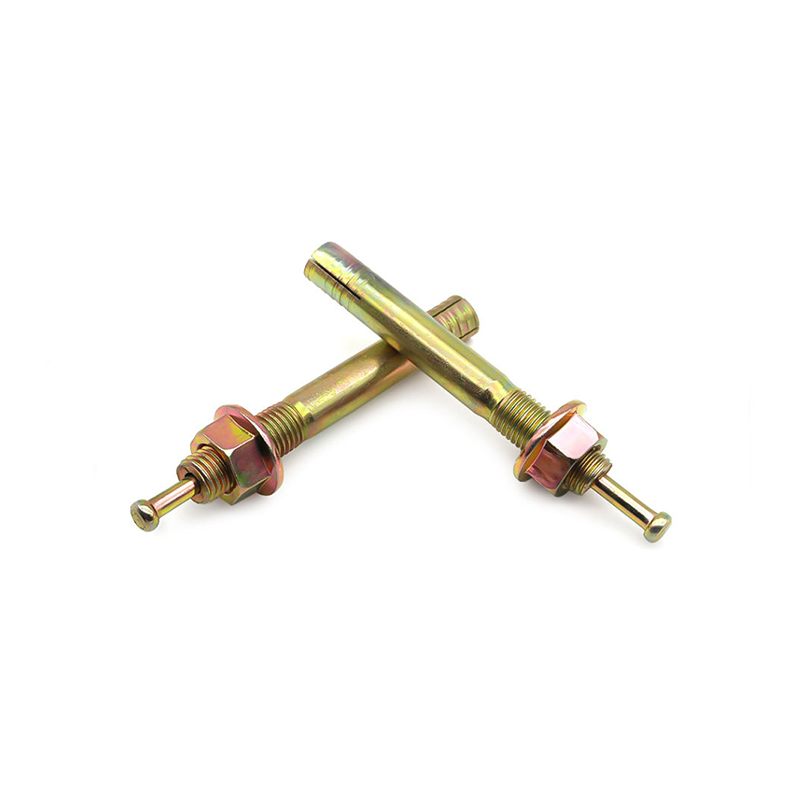


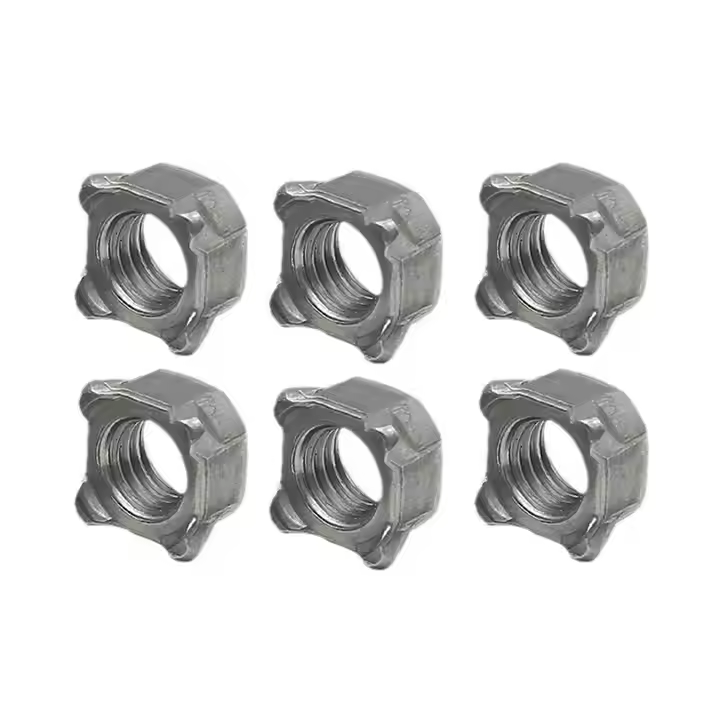

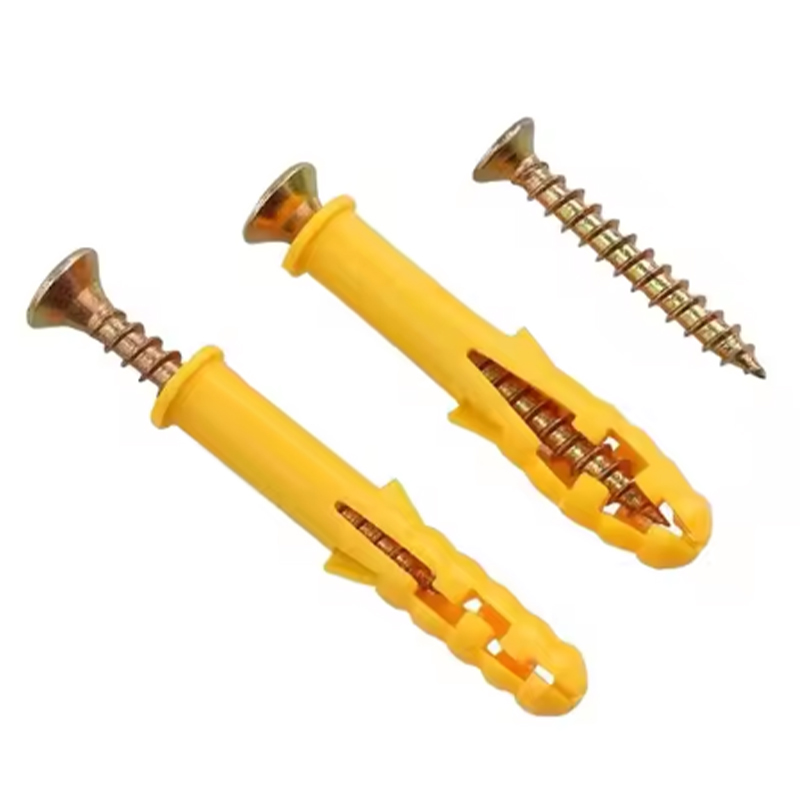
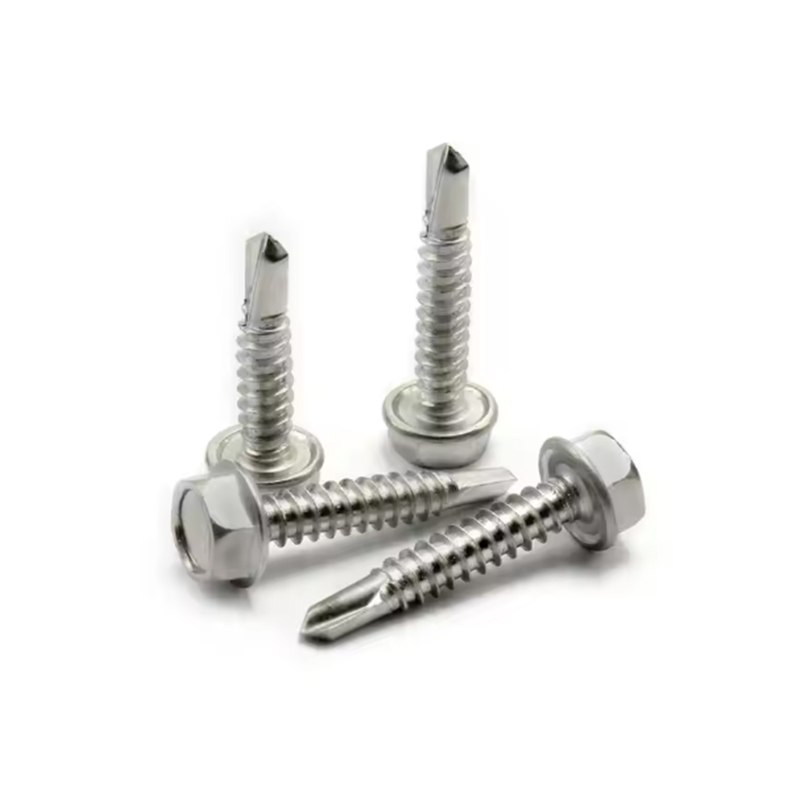

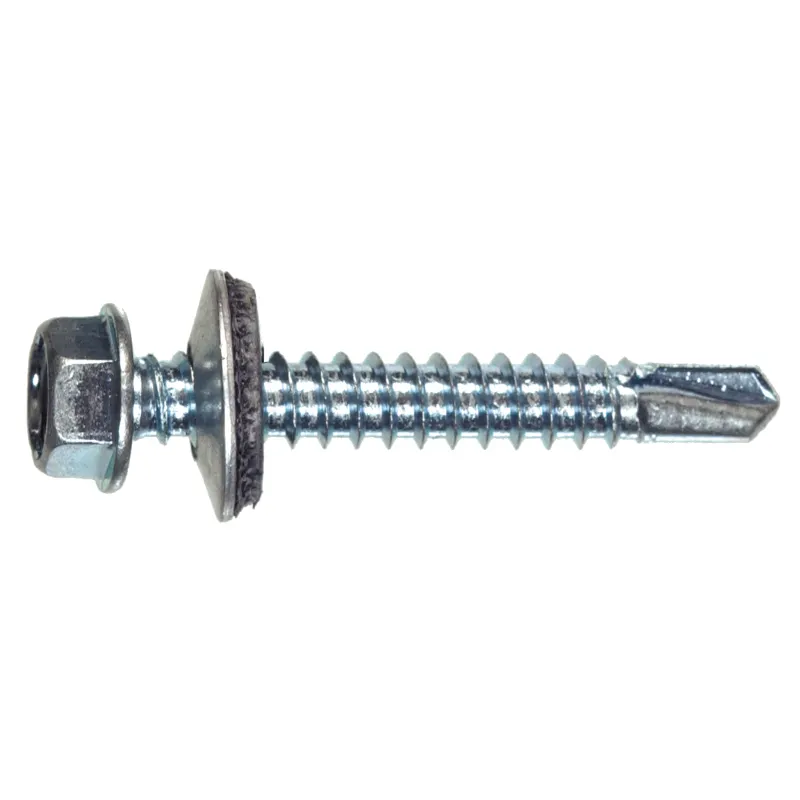
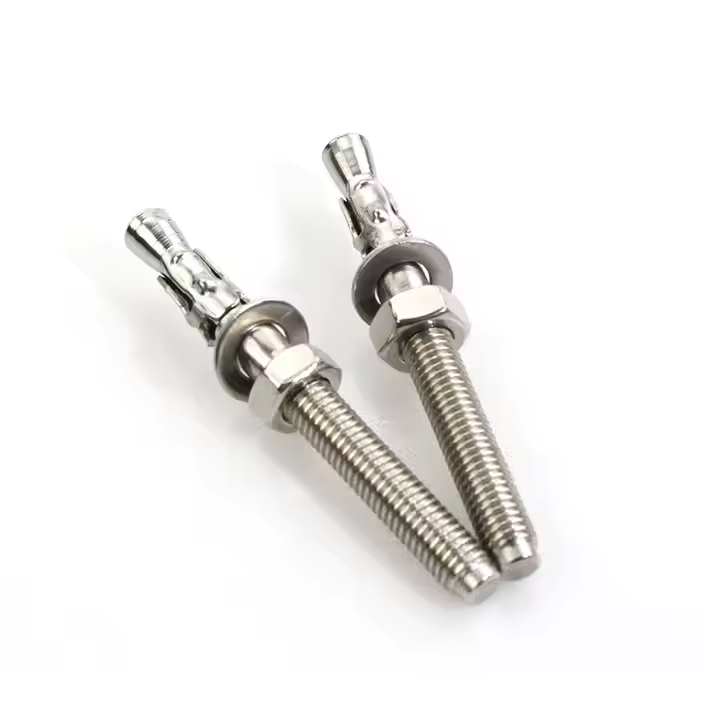

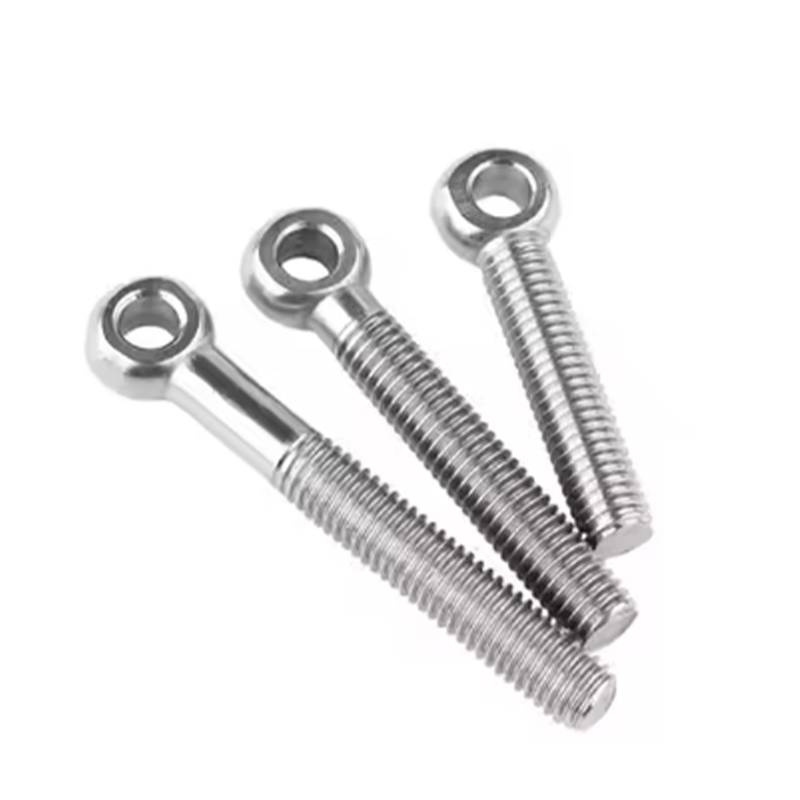
Please enter your email address and we will reply to your email.